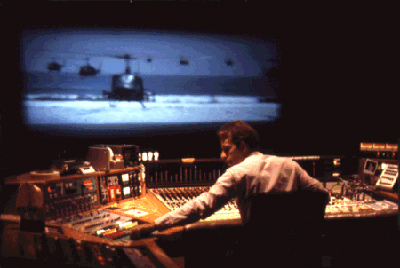When you first begin film editing it can be daunting when you’re faced with all the information about how to perfectly edit a film. With so much content floating around the web on video editing techniques it’s hard to learn everything at once. Here are 5 simple film-editing tips to keep you on track and enable you to make the best films possible.
1. Maintain a Smooth Flow
If you’re editing raw footage down to a final film it’s important not to jump from clip to clip but focus on certain aspects throughout the entire completed projects. Providing a direction will keep the audience focused but jumpy clips are distracting and annoying to people interested in the subject. A flowing clip with relevant jumps is important to providing a quality film edit.
2. Worry About Music Last
Many film editors like to add a music track to the editing clip and use it as a placeholder without having to design the entire edit themselves. It’s easy to use a song as a template for how long clips should be and what cuts should be used but following this technique is not conducive to improved editing skills. The best course of action to fully edit your footage and have a completed edit before adding the music. The film edit should be what keeps the audience captivated and not how well the cuts match the music.
3. Be Sure to Have a Good Story Arc
Having an outline for how your film edit will play out is a good idea to improve how viewers perceive it and keep the audience interested while providing a quality edit. Anyone can simply place clips together, add music to the edit, and call it a video. That’s how film editors should practice their skills. Shaping a story means using the raw footage to tell a story rather than mashing it all together with no direction. It’s important to follow this technique to keep an organized and relevant film edit.
4. Changes are Inevitable
Most editors are unable to create a perfect film edit on their first try. After completing the first edit it’s important to be critical and make any changes you might have noted when you were watching your completed work. Revisions will ensure that your final edit is a quality and relevant piece of work. Being critical and accepting criticism from others about your editing projects will ensure you consistently deliver quality edits.
5. Keep Pace
This is one of the best film editing tips you will ever receive. What it means to cut tight is that your cut between scenes should be a smooth and stable transition rather than bouncy or off balance. The best way to pursue this tip is to remove anything you don’t think an audience would enjoy watching. This could be unnecessary dialogue, extended landscape shots, or a variety of shots or cuts that don’t fit in the film edit.
